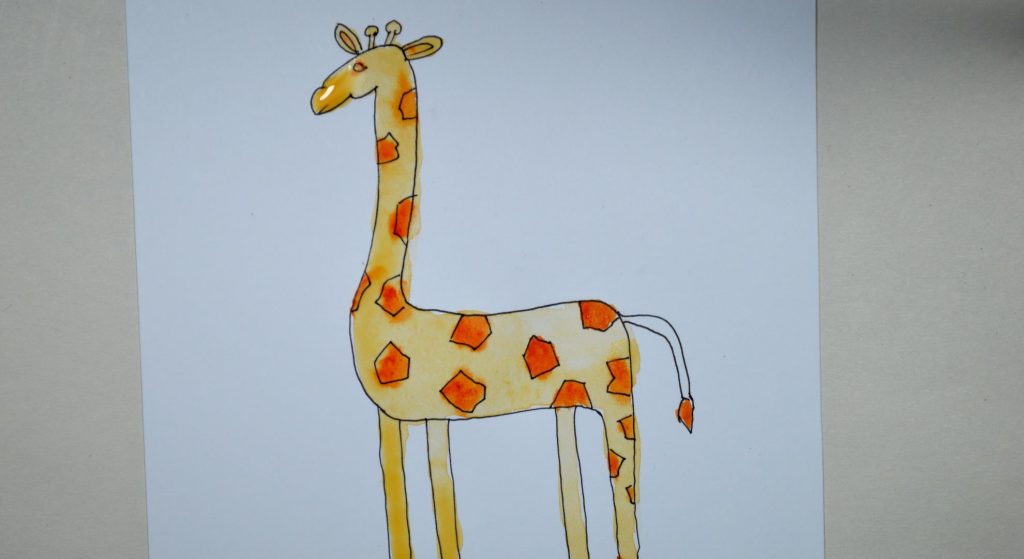Elephants are constantly eating.
They communicate through vibrations.
They’re the world’s largest land animal.
You can tell the two species apart by their ears.
Their tusks are actually teeth.
They’ve got thick skin.
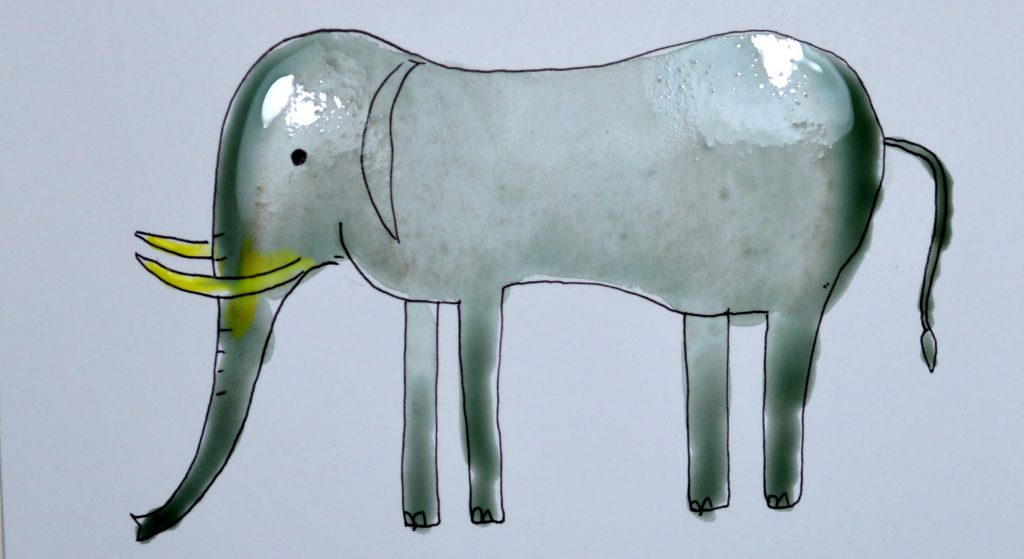
Elephants are constantly eating.
They communicate through vibrations.
They’re the world’s largest land animal.
You can tell the two species apart by their ears.
Their tusks are actually teeth.
They’ve got thick skin.

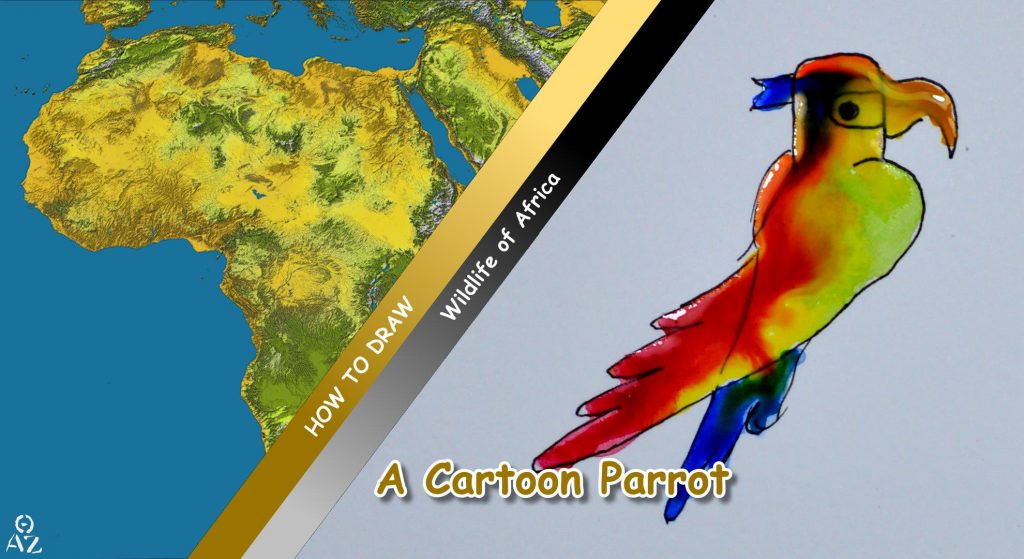
There are around 372 different parrot species.
Most parrots live in tropical areas.
Parrots have curved bills (beaks), strong legs and clawed feet.
Parrots are often brightly coloured.
Parrots are believed to be one of the most intelligent bird species.
Some species are known for imitating human voices.
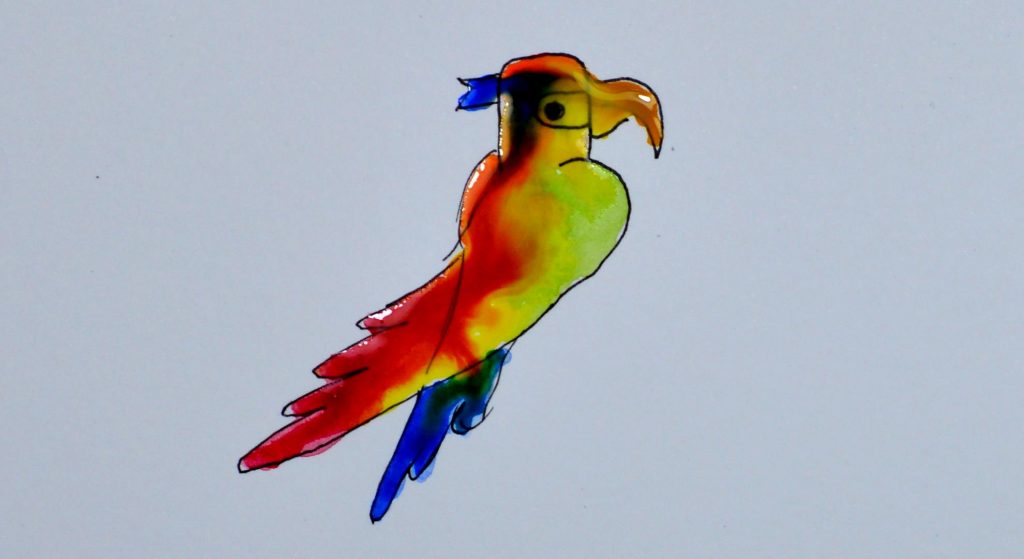

There are currently 264 known monkey species.
Monkeys can be divided into two groups, Old World monkeys that live in Africa and Asia, and New World monkeys that live in South America.
A baboon is an example of an Old World monkey, while a marmoset is an example of a New World monkey.
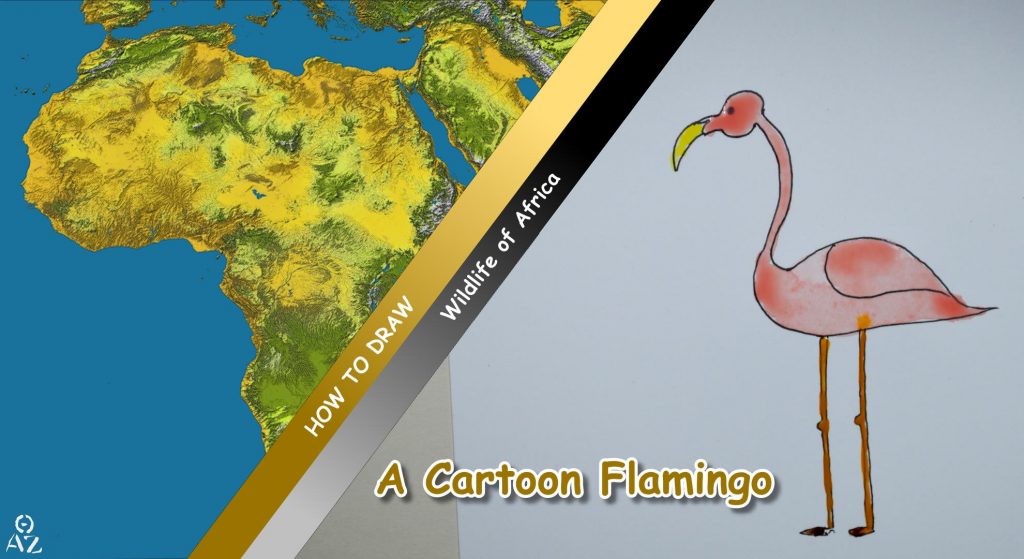
Color of their feather is result of their diet.
They eat shrimps, algae, crustaceans.
When they eat, their head is positioned upside-down.
An adult flamingo’s legs can be 30-50 inches long, which is longer than its entire body.
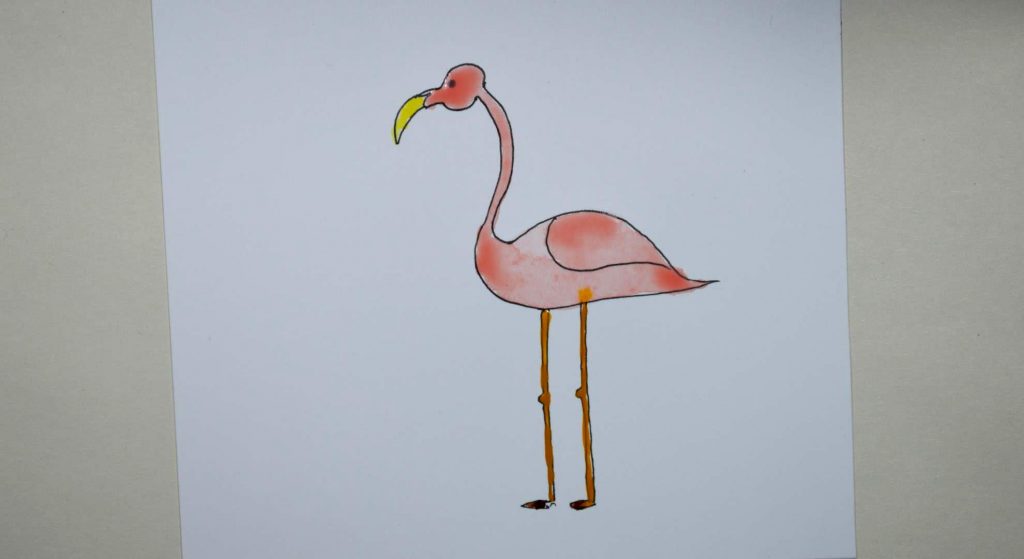
The name rhinoceros means ‘nose horn’ and is often shortened to rhino.
There are five different species of rhinoceros, three native to southern Asia and two native to Africa.
All five species of rhinoceros can grow to weigh over 1000 kg (2200 lb).
White rhino can weigh over 3500 kg (7700 lb).
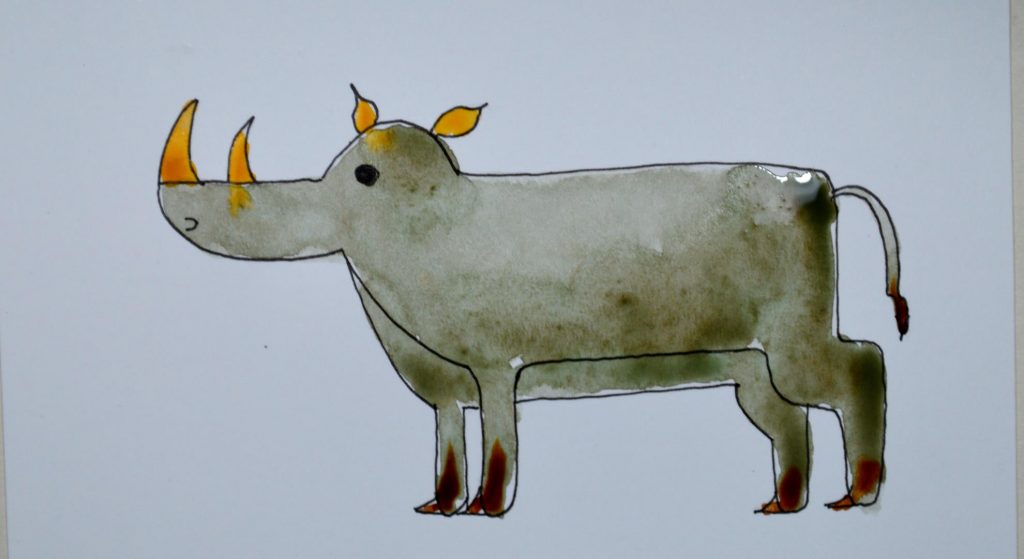
Giraffes are the tallest mammals on Earth.
A giraffe’s neck is too short to reach the ground.
Giraffes only need to drink once every few days.
They can run as fast as 35 miles an hour over short distances.
